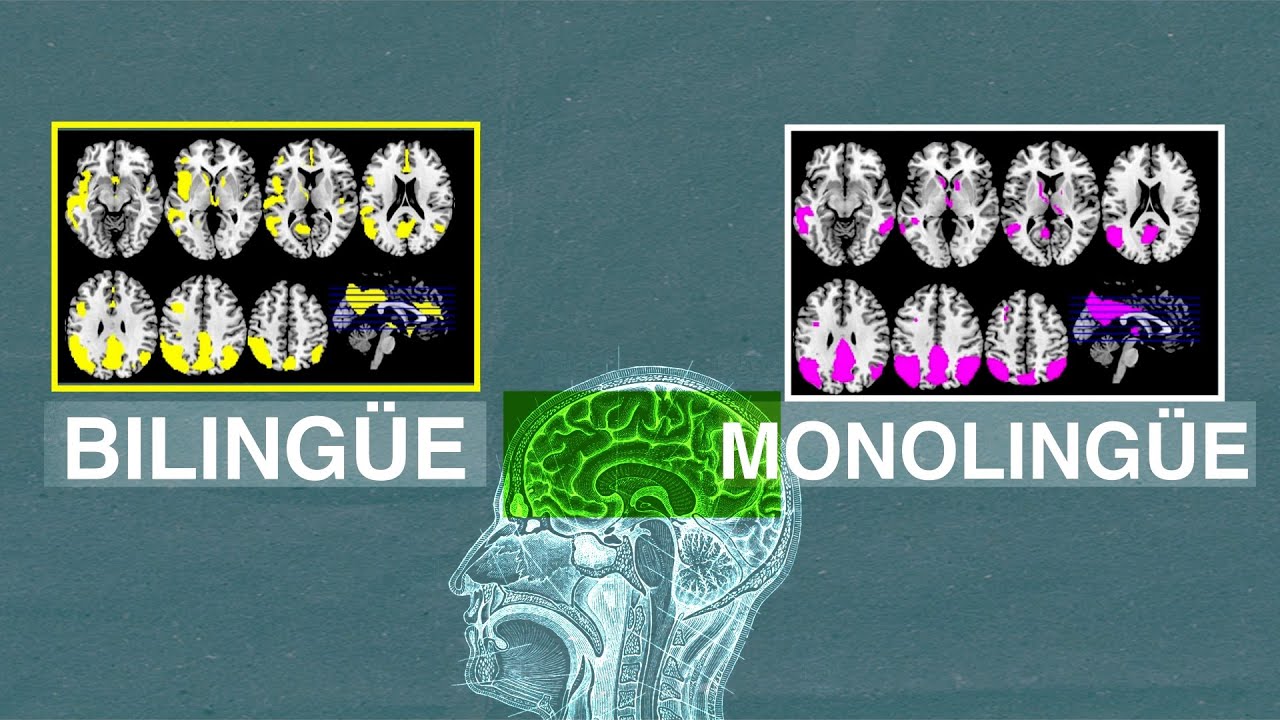1.1.1 What is bilingualism and multilingualism?
Summary
TLDRThis presentation explores the concepts of bilingualism and multilingualism, distinguishing between individual and societal perspectives. It delves into different types of bilingualism, such as simultaneous and successive, with further distinctions between early and late successive bilingualism. Examples of bilingual and multilingual children illustrate these concepts, highlighting how children acquire languages in different contexts and stages of development. The presentation also addresses the socio-cultural and political factors influencing language proficiency and maintenance, providing a comprehensive overview of the complexities surrounding childhood bilingualism and multilingualism.
Takeaways
- 😀 Bilingualism refers to the ability to use two languages with varying proficiency, often one language being dominant over the other.
- 😀 Multilingualism describes the ability to use several languages, typically for different functions and contexts.
- 😀 There is a distinction between individual and societal bilingualism/multilingualism: individual focuses on language acquisition, while societal looks at the sociocultural and policy aspects.
- 😀 Simultaneous bilingualism occurs when an individual learns more than one language from birth.
- 😀 Successive or sequential bilingualism refers to acquiring one language from birth and another at a later age, typically outside the family.
- 😀 Early successive multilingualism involves acquiring a second language between ages one and three.
- 😀 Late successive multilingualism occurs when a second language is acquired after the age of three in a naturalistic setting.
- 😀 Childhood bilingualism can vary, with one language being more dominant depending on the child's environment and experiences.
- 😀 Maria is an example of a simultaneous bilingual child, as she grows up speaking both Italian and German from birth.
- 😀 Pedro and Almika are examples of successive bilingual children, with one language from birth (Spanish in Pedro's case, Ixil in Almika's) and another language learned later (Catalan and Spanish respectively).
- 😀 Benjamin is another simultaneous bilingual child, using Ewe, English, and Hausa in different contexts from birth.
- 😀 Further reading is available for those interested in learning more about bilingualism and multilingualism, with suggested books and papers for deeper exploration.
Q & A
What is the main focus of the presentation?
-The presentation focuses on explaining the concepts of bilingualism and multilingualism, distinguishing between different types of bilingualism and multilingualism, and providing examples from children's language experiences.
What is bilingualism?
-Bilingualism refers to the ability to use two languages with varying degrees of proficiency. It can also refer to childhood bilingualism, where children grow up with two languages from an early age.
How is multilingualism different from bilingualism?
-Multilingualism is the ability to use several languages, while bilingualism specifically involves two languages. Multilingualism can refer to both individual and societal contexts, whereas bilingualism is generally more focused on individuals who use two languages.
What is the difference between individual and societal bilingualism?
-Individual bilingualism refers to a person’s ability to use two languages, while societal bilingualism refers to a community or country where multiple languages are spoken, with different languages used for various functions such as work, education, or social interaction.
What factors influence a person’s proficiency in two languages?
-Proficiency in two languages depends on several factors, including how frequently each language is used, the contexts in which they are used, and socio-cultural and political factors such as the social status of the languages in the community and the speaker's emotional attachment to them.
What is the distinction between simultaneous and successive bilingualism?
-Simultaneous bilingualism occurs when a person learns two languages from birth, whereas successive bilingualism occurs when a person learns one language from birth and another later, typically during early childhood or later in life.
What is the difference between early and late successive bilingualism?
-Early successive bilingualism involves acquiring a second language between the ages of one and three years, while late successive bilingualism refers to acquiring a second language after the age of three in a naturalistic setting.
What are some examples of children who illustrate different types of bilingualism?
-Examples include Maria, a simultaneous bilingual who speaks Italian and German; Pedro, a successive bilingual who learned Spanish and Catalan; Almika, another successive bilingual who speaks Ixil and Spanish; and Benjamin, a simultaneous bilingual who speaks Ewe, English, and Hausa.
How do societal multilingualism and individual multilingualism differ in their focus?
-Societal multilingualism focuses on the socio-cultural aspects of language use within a society, such as language policies and language use in different contexts, whereas individual multilingualism looks at how individuals acquire and use multiple languages.
What can be learned from the examples of bilingual children provided in the presentation?
-The examples illustrate the different ways in which children may become bilingual or multilingual, whether through simultaneous acquisition from birth or through successive language learning, and highlight the role of family, community, and educational contexts in shaping language development.
Outlines

此内容仅限付费用户访问。 请升级后访问。
立即升级Mindmap

此内容仅限付费用户访问。 请升级后访问。
立即升级Keywords

此内容仅限付费用户访问。 请升级后访问。
立即升级Highlights

此内容仅限付费用户访问。 请升级后访问。
立即升级Transcripts

此内容仅限付费用户访问。 请升级后访问。
立即升级浏览更多相关视频

Introduction to Sociolinguistics (EDE60204 Language Use and Society Week1b Lecture)

memahami hukum perdata

Session 18: Optimal Financing Mix II- The cost of capital approach

Aplikasi Syari’ah (Halal & Haram dalam Islam)

Qué pasa en el cerebro si hablas varios idiomas

7/8 Satrio - Grand Final of Indonesia Open 2023
5.0 / 5 (0 votes)
